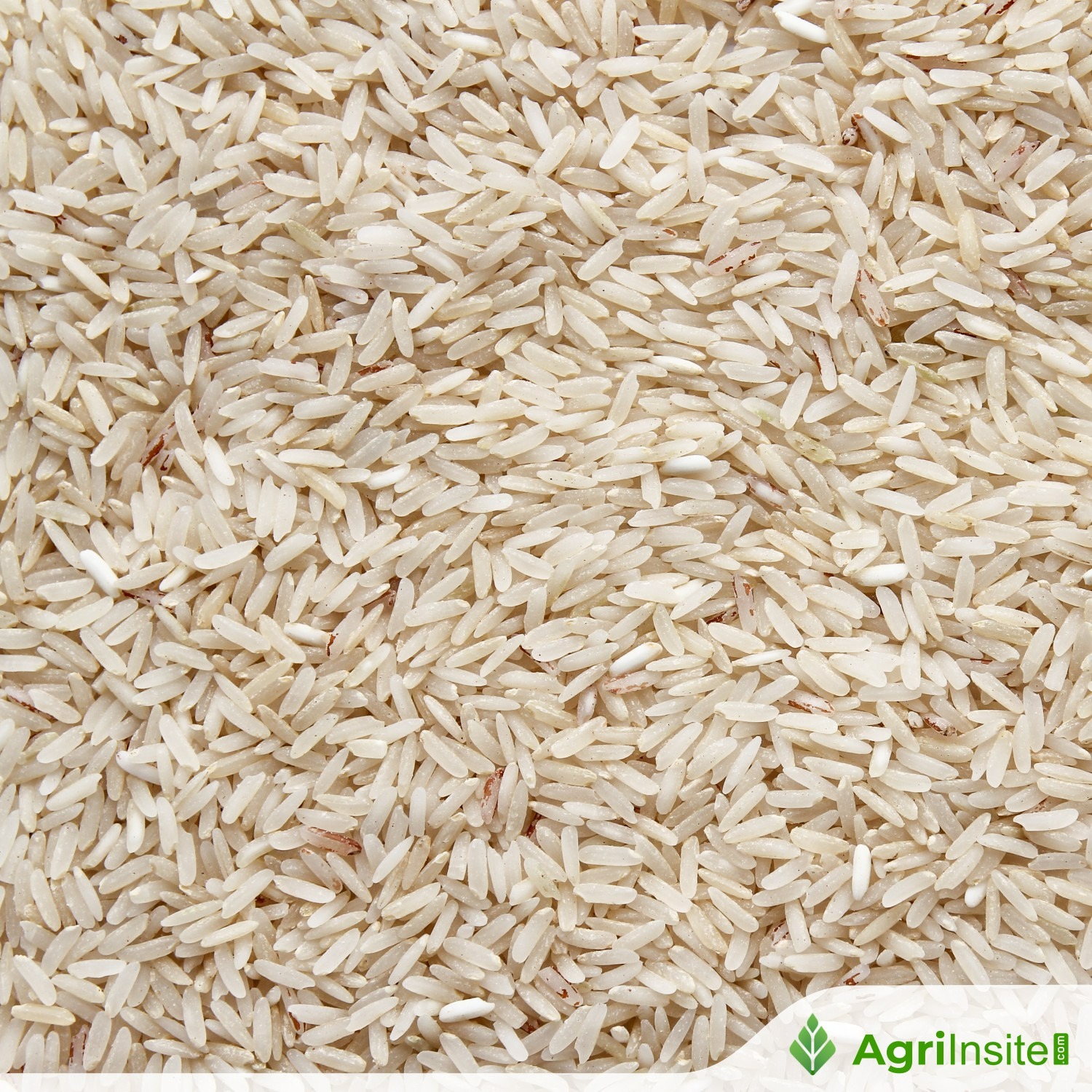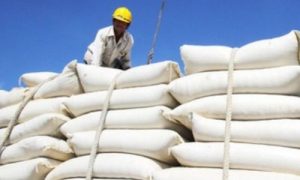Philippine : DA pushes for more rice mills, downplays over capacity risk

Philippine Agriculture Secretary Francisco Tiu Laurel Jr. supports building more Rice Processing System units while prioritizing efficient mill usage. He targets 80–85% utilization to avoid losses and market monopolies. PhilMech has completed 122 modern RPS units under the Rice Competitiveness Enhancement Fund, aiming for 151 by year-end.
Agriculture Secretary Francisco P. Tiu Laurel, Jr. is looking to build more Rice Processing System even as the Department of Agriculture through the Philippine Center for Postharvest Development and Mechanization (PHilMech) expands large-scale Rice Processing Systems. The DA chief downplays concerns that such expansion might lead to overcapacity in the milling sector.
“More important than rated milling capacity is capacity utilization,” Secretary Tiu Laurel emphasized. “To break even, operators need at least 63 percent capacity usage. Go below that, and you’re losing money.”
Full capacity—pushing toward 100 percent—often signals monopolistic conditions.
“Our target utilization rate is 80 to 85 percent,” he continued. “That’s where efficiency improves, costs go down, and all parties—millers, farmers, and consumers—benefit, provided other costs hold steady.”
Once rice mill usage stabilizes within this optimal range, PhilMech could redirect investments toward production-side equipment—like tractors and seeders—rather than post-harvest infrastructure such as mills and dryers. This strategic shift would support the National Food Authority, which has seen its milling and drying capacity significantly diminished since the Rice Tariffication Law of 2019 scaled back its operational role.
Since the implementation of the Rice Tariffication Law (RTL) and the allocation of funds under the Rice Competitiveness Enhancement Fund (RCEF), PHilMech has established 122 Rice Processing System (RPS) units equipped with state-of-the-art multi-stage rice mills and recirculating dryers, 116 of which were completed under the Marcos administration. For RCEF Phase 1, PHilMech targets a total of 151 RPS units, with the remaining 29 scheduled for completion before the year ends. In addition, PHilMech has distributed more than 1,000 single-pass rice mills and village-type rice mills and more than 500 stand alone recirculating dryers to smaller organizations to support localized rice processing operations.
The approach that Secretary Tiu Laurel envisages hinges on ensuring that each mill operates efficiently, preventing surplus infrastructure that sits idle. By focusing on smart utilization rather than unchecked expansion, the DA aims to balance market supply, stabilize rice prices, and protect farmer incomes.
In the long run, this strategy underscores a smarter, more measured approach to agriculture—one that values productivity and resource stewardship over sheer scale.
To Read more about Rice News continue reading Agriinsite.com
Source : Department Of Agriculture















